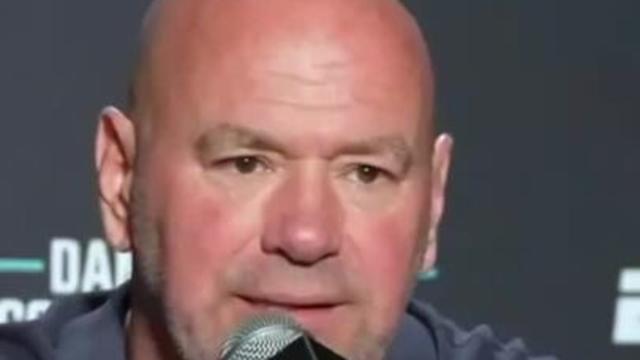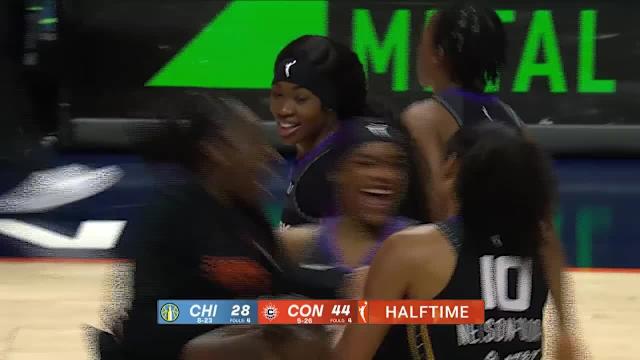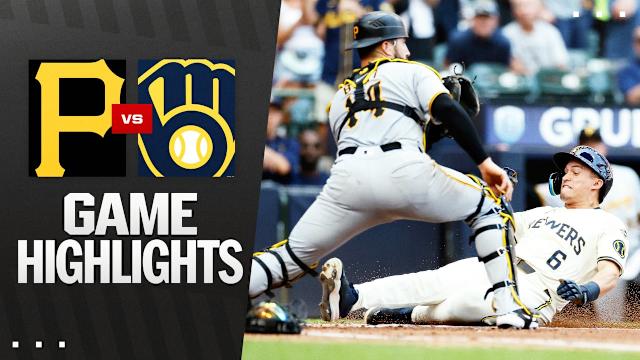
Picture this: It’s 2007 and UFC lightweight Leonard Garcia has just received a $35,000 bonus for his Fight of the Night performance against Roger Huerta on the undercard of UFC 69. He lost the decision, but fought his heart out — as he always did — and the UFC rewarded him for it.
Garcia felt pretty sure he was rich. I mean, $35,000? He had plenty of years when he didn’t make nearly that much combined. That was some people’s whole salary, and they worked hard for it.
“I just blew through that money real fast,” Garcia told me back in 2010. “Coming from being in the smaller shows and then getting all that money all at once, it seemed like it was never going to run out. I just rode it into the dirt.”
He learned from it, though. So three years later, when the UFC’s parent company gave him a $65,000 bonus for another Fight of the Night, this time in what many also hailed as the Fight of the Year against Chan Sung Jung, he saved and invested it. He opened a three-year CD. He renovated his bathroom. You know, adult stuff.

The last performance bonus Garcia received from the UFC was in 2011, when he lost another decision in another Fight of the Night, this time against Nam Phan at UFC 136. This time the bonuses were all $75,000. In other words, the bonuses had more than doubled in the span of four years. Garcia and other fighters could be forgiven, then, if they assumed this trend would continue.
After all, the UFC and its parent company at the time only made more and more money each year. The events went from being broadcast on a niche men’s-interest cable network like Spike TV to a major network TV partner in Fox. Then from there the UFC moved on to an even more lucrative deal with ESPN. And in 2026, as we learned this week, it will essentially double its broadcast rights revenue in a deal with Paramount.
But in 2025, UFC bonuses are stuck at $50,000. With the exception of special events like UFC 300, they’ve held steady at that level for over a decade now. When adjusted for inflation, the $75,000 that Garcia and others received in 2011 is worth approximately $110,000 in today’s money. While some events around the same time handed out bonuses worth far less, even the $35,000 Garcia received in 2007 would have been worth around $56,000 in 2025 money.
All that is about to change, according to UFC CEO Dana White. Speaking to reporters Tuesday night, White promised some unspecified revisions to UFC fighter pay in the wake of this blockbuster deal with Paramount. But he did make one concrete financial promise: “Bonuses are obviously going up, so that will be big.”
White did not say how much bonuses would increase by. But clearly, these bonuses are a big deal to fighters. It’s why they regularly plead for them in post-fight interviews. UFC featherweight Dan “50K” Ige even incorporated it as his nickname. Conor McGregor, the biggest star in either MMA or UFC history, delivered an iconic and oft-imitated moment early on in his career, following an impressive TKO win with the exhortation: “Dana, 60 G's, baby!” (Again, that was 2013, when $60,000 had the the purchasing power of about $88,000 today.)
So how much would UFC performance bonuses actually have to increase in order for it to be a true improvement on those handed out in the past?
One starting point is to perform the simplest math available. The UFC’s new broadcast rights deal is bringing in double the money of the previous one? Fine, double the bonuses. That would get us to $100,000 per bonus. But even that would fall short of keeping pace with inflation when compared with those 2011 bonuses.
The biggest performance bonuses the UFC ever handed out were at UFC 300 last year, when each one was worth $300,000. (Max Holloway pocketed two of the four bonuses available, for a total of $600,000 for his knockout win over Justin Gaethje.)
If that became the standard, it would mean $1.2 million in bonuses for every UFC event. Multiplied by 43 events per year, that comes out to $51.6 million per year in performance bonuses, which, to a lot of people, probably sounds like a lot. But it’s also about 5% of the UFC’s average yearly take in this new broadcast rights deal with Paramount. And that doesn’t even factor in any of the other revenue sources, like ticket sales or site fees or international broadcast rights.
Would the UFC actually consider a bonus increase of that magnitude? Based on everything we know it seems … doubtful. That’s likely not just because TKO would rather keep the money than pay it out to people who have no real leverage or recourse to force such a reckoning. It’s also probably because a fighter who suddenly has $300,000 in the bank is a lot less compliant when it comes to things like stepping in on short notice to plug holes in upcoming fight cards.
Then again, hasn’t the UFC told us again and again that it’s a meritocracy where you “eat what you kill”? The whole idea behind the performance bonuses is to motivate fighters to fight hard and put on a show for the fans.
Imagine how much harder a prelim fighter making $20,000 to show would fight if you gave him a crack at a $300,000 bonus. And imagine what a bunch of fights like that might do for Paramount+ subscriptions.







Comments